
Talking Guns discussing New Gun Control Legislation on Newsmax TV.
Talking Guns and www.talkingguns.net Founder Brian Kovacs appears on Newsmax TV to discuss the Constitutional Crisis unfolding day by day in the great state of

Talking Guns and www.talkingguns.net Founder Brian Kovacs appears on Newsmax TV to discuss the Constitutional Crisis unfolding day by day in the great state of
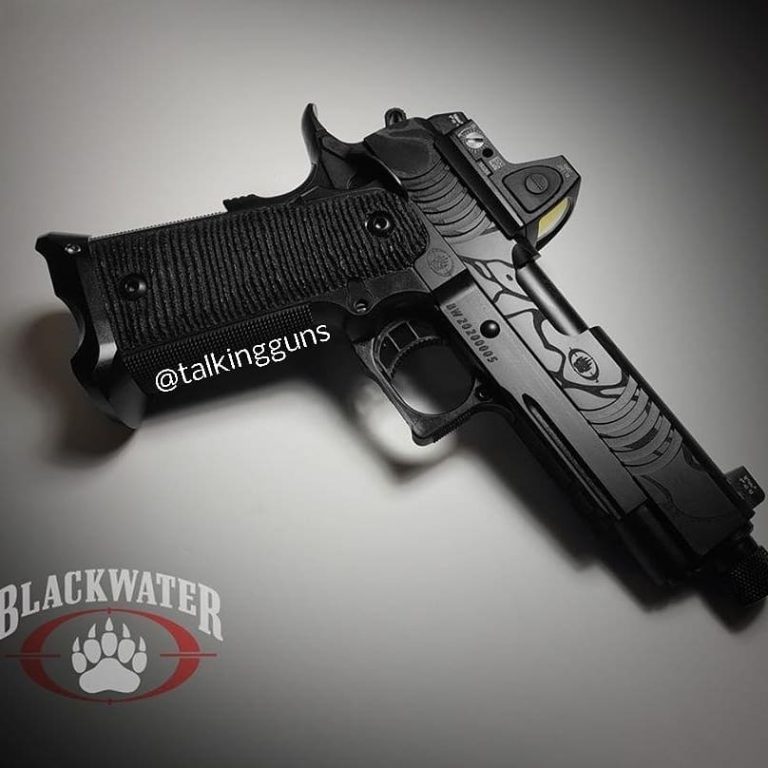
Sneak Peak at Blackwater’s new 2011 pistol line up These new 2011 weapons from Blackwater will be totally manufactured in house and loaded with some
Talking Guns and www.talkingguns.net Founder Brian Kovacs appears on Newsmax TV to discuss the Constitutional Crisis unfolding day by day in the great state of
Talking Guns Founder Brian Kovacs joins Newsmax – America Talks Live – with Guest Host Jonathan Gilliam for an in depth discussion of the
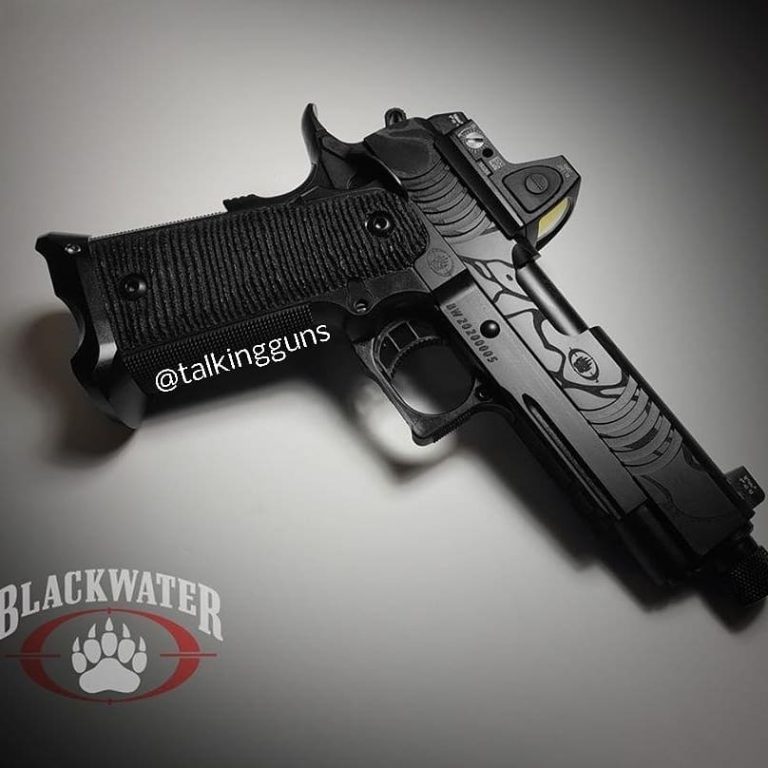
Blackwater is Back with 2011s That’s right the legendary Blackwater is Back and they are designing some incredible new 2011 weapon platforms. First
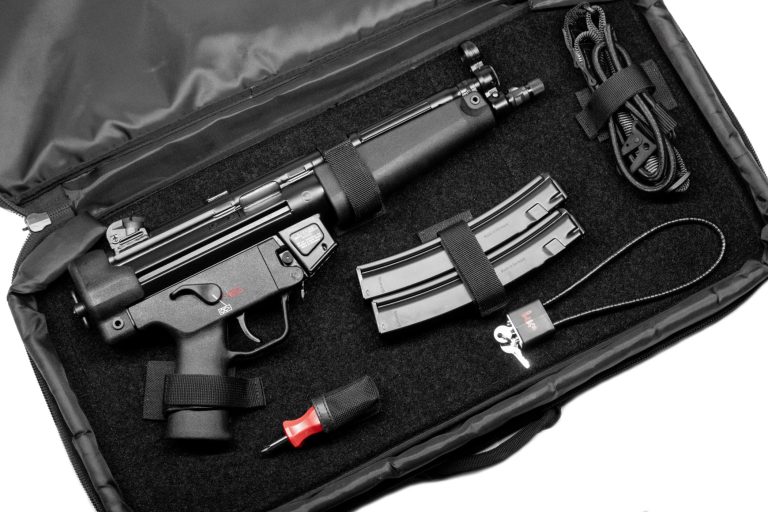
Why did Heckler and Koch release an SP5 now? What are the internals like? Is it really an all German MP5? Is there an SP5SD/MP5SD
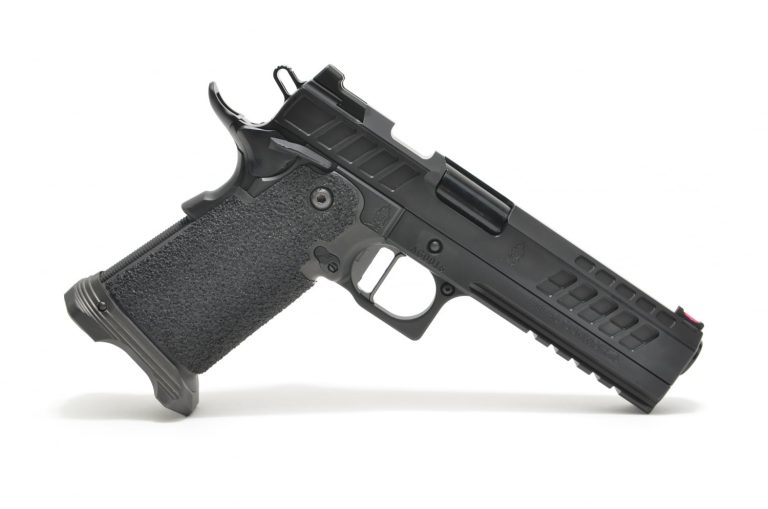
Brian and Erik rumning the new Atlas 40cal Nemesis, Concealed Carry 9mm Nyx, and 9mm Athena from Atlas Gunworks. Check out our full review on
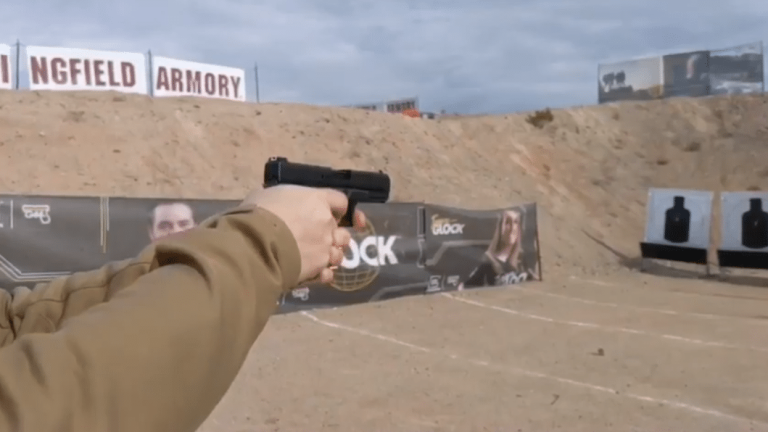
It really is too bad that Glock already consumed the model designation “22” in 1990 with the release of the Glock 22. Being a